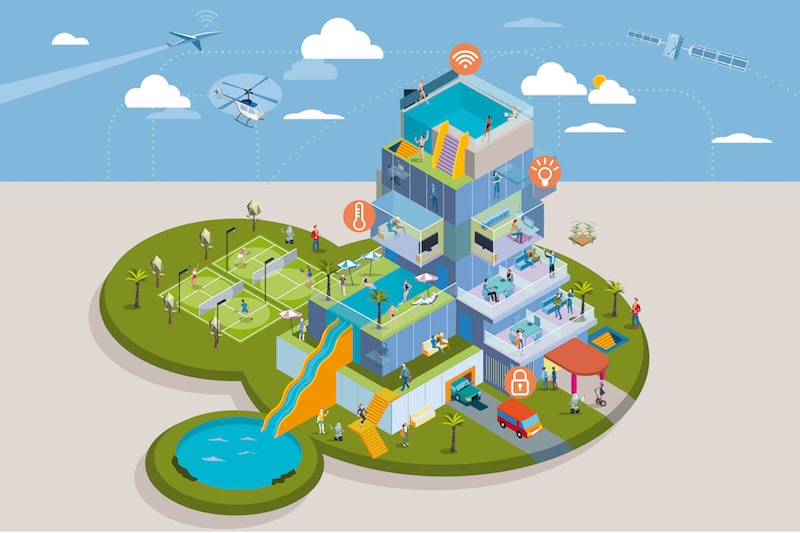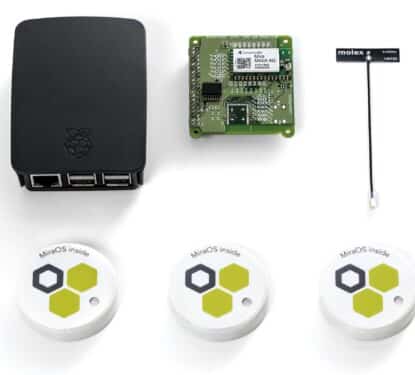Building automation system (BAS) technology has come a long way since its modern origins 40 years ago. Sophisticated for their time, first-generation systems ran on dedicated mainframe microcomputers and used pneumatics to control heating, ventilating, and air conditioning (HVAC) equipment. The BAS could perform a few basic functions, such as controlling temperatures by turning the HVAC system on and off.
Just over 20 years ago, a significant disruptive class of technology emerged in the market that tested traditional building management, and nothing has been the same since. A primarily mechanical driven environment was introduced to affordable microcomputers and the advent of IP-based technology. With that came the arrival of embedded electronics and interoperable subsystems: mechanical, electrical and software.

Wide adoption of the building automation and control network (BACnet) protocol enabled another step change improvement in automated control systems. In concert with factory mounted digital controls, BACnet allowed the BAS to communicate directly with disparate systems including HVAC, lighting, access control, fire detection, etc; creating the opportunity to integrate the operation of formerly independent systems. A recent Memoori report estimates that “the world market for all BAS at installed value in 2014 was $120Bn”.
Now the industry is at the beginning of another monumental shift in how facilities are managed. The value equation is shifting from one of efficiency, to one driven by facility usage and performance, financial optimization, business intelligence, and operational maximisation.
From the technology side, there have been 3 fundamental breakthroughs; the concept of integration and interoperability, the growth of Internet Protocol (IP), and the “open” influence on physical systems. From the operational side, drivers include financial pressures to contain costs and improve operating efficiencies, the rising cost of energy and maintenance, along with the need to maintain occupancy comfort.
“BAS Services from a whole range of sensors and devices from building energy controls to physical security products are gradually but inevitably morphing into a more comprehensive and fully automated solution, the Building Internet of Things (BIoT)”, explained Memoori’s report “Transformation of BAS into the Building Internet of Things 2015 to 2020”.
The BIoT focuses on all the components in a building that could be connected to the network for the purpose of creating operational efficiencies, reducing energy consumption, improving occupant experiences, enhancing security, and effectively optimising financial performance.
[contact-form-7 id="3204" title="memoori-newsletter"]
“Property owners and managers of small and medium sized buildings have long understood the significant cost savings and efficiency gains from building automation, but the necessary investment has been too great – until now” stated an official company statement from Intel. The technology giant is convinced the BIoT will be a huge opportunity for business growth and has already created a line of cloud-capable processors to capitalise on the upcoming market trend.
Beyond the direct benefits to users and facility managers, the BIoT has huge implications for decreasing the global carbon footprint, and will also revolutionise the way we collect data from buildings. Generating datasets for security, home automation, energy consumption and more will be easier than ever before; because everything will be available on the cloud. If energy consumption statistics for an entire city are needed, for example, that information could be generated through automated data collection technologies embedded in HVAC cloud services.
The BIoT will continue to be propelled by financial and performance demands. However it is also being driven to a new level of connectivity that stretches the reach of BAS from devices out on the edge through to cloud applications and data analysis. Building automation innovations will be fuelled by ecosystems of non-traditional partnerships and allies that are leading to radical ways of working together to extend the value of the building.



